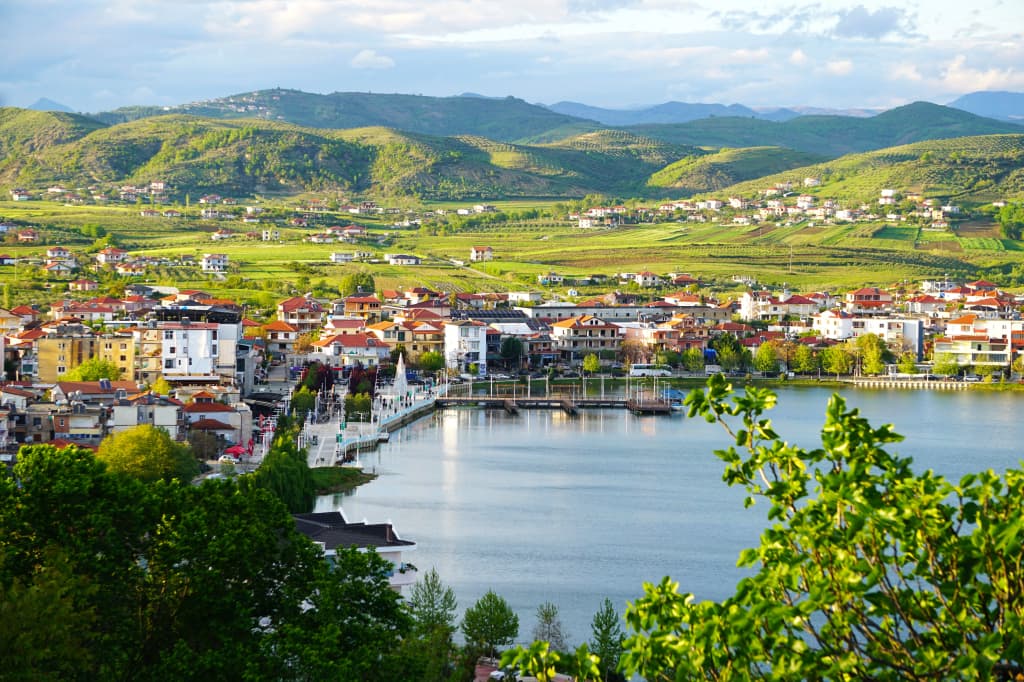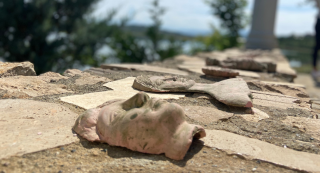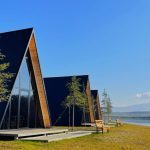Destination Stewardship Report – Volume 5, Issue 1
This post is from the Destination Stewardship Report, a publication that provides practical information and insights useful to anyone whose work or interests involve improving destination stewardship in a post-pandemic world.

The scenic city center of Belsh. [Photo courtesy of Green Destinations]
Belsh’s Hidden Heritage
Another winner from the Top 100 – Every year, Green Destinations organizes the Top 100 Destination Sustainability Stories competition, which invites submissions from around the world – a vetted collection of stories spotlighting local and regional destinations that are making progress toward sustainable management of tourism and its impacts. As previously, we’ve selected two more stories from the winners, this one from Albania, where a lake with a sunken temple helps a community recover from years of repression. Synopsis by Ailin Fei. Top 100 submission by Paolina Rusta, Tourism Specialist / Sustainability Coordinator, Municipality of Belsh.
Embracing Aphrodite’s Shrine to Build a Thriving Tourist Destination

Terracotta figures of Aphrodite, used in the annual Aferdita festival. [Photo courtesy of Green Destinations]
In 1974, the discovery of a 2,300-year-old underwater shrine dedicated to the Goddess Aphrodite (Aferdita in Albanian) marked a turning point in heritage preservation. In 2002, the Ministry of Culture afforded Lake Seferan protected status, leading to archaeological excavations. The community not only protected this relic but also embraced their ancestral customs with an annual Aferdita Festival.

Modern villas at Dumrea Eco Park. [Photo courtesy of Green Destinations]
This cultural revival strengthened community spirit, reconnected people with their heritage, and transformed Lake Seferan into a tourist attraction. The revitalization sparked economic growth, with new guesthouses, eateries, and increased tourism. Visitor numbers now average 3,500 guests each weekend.




